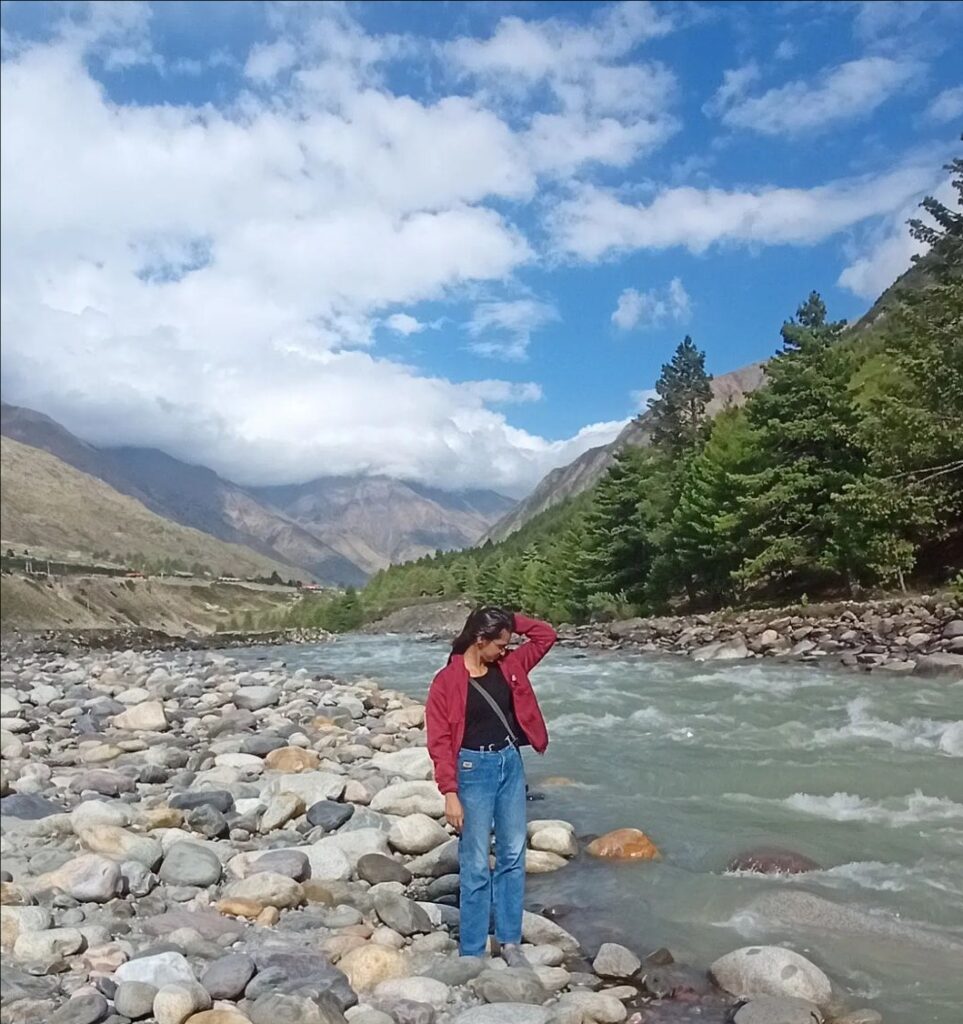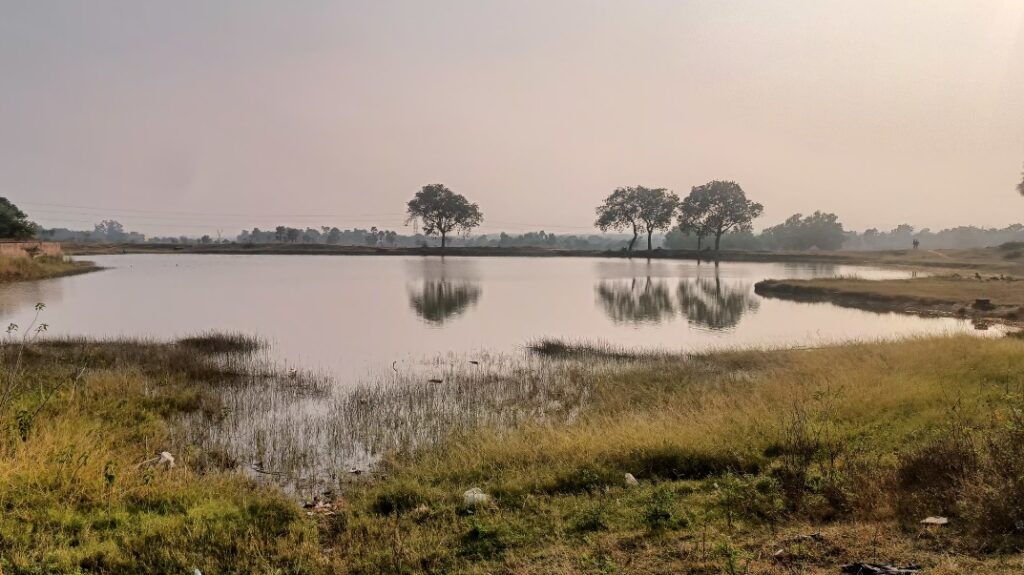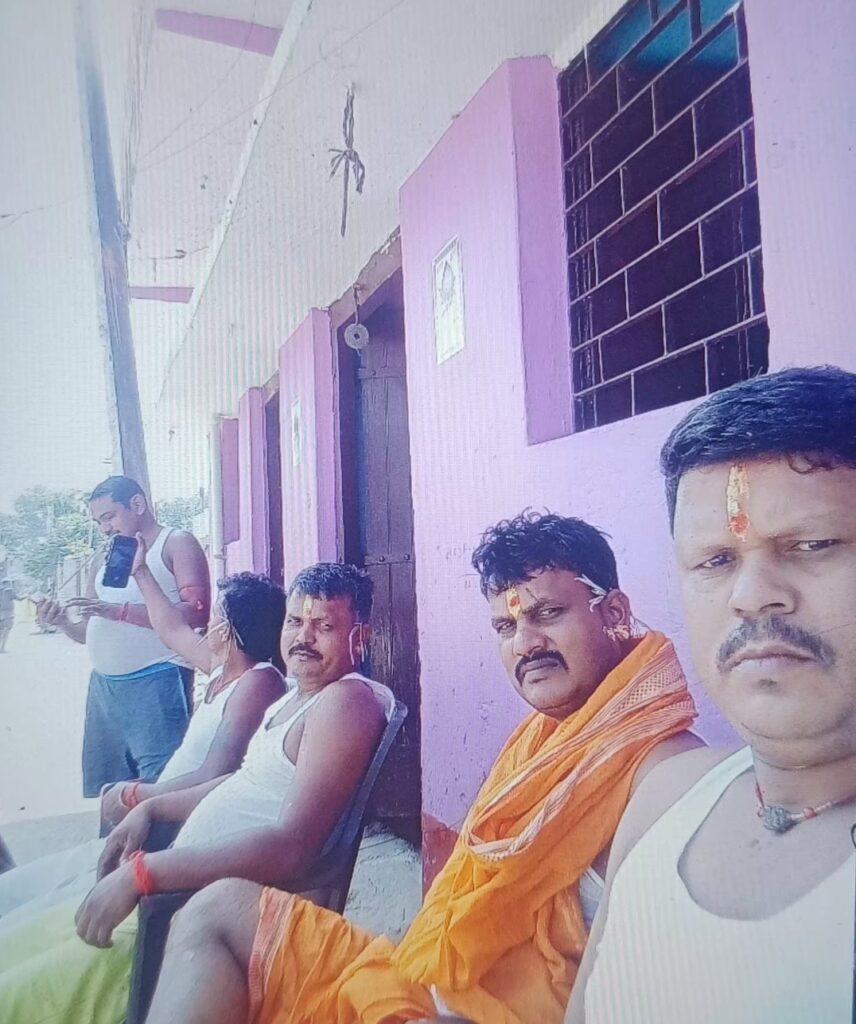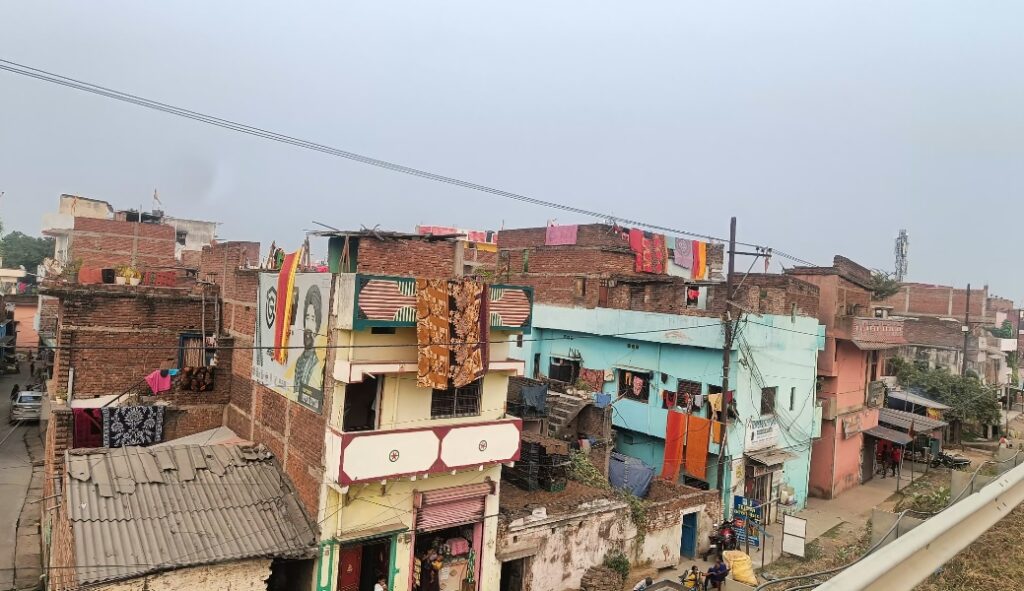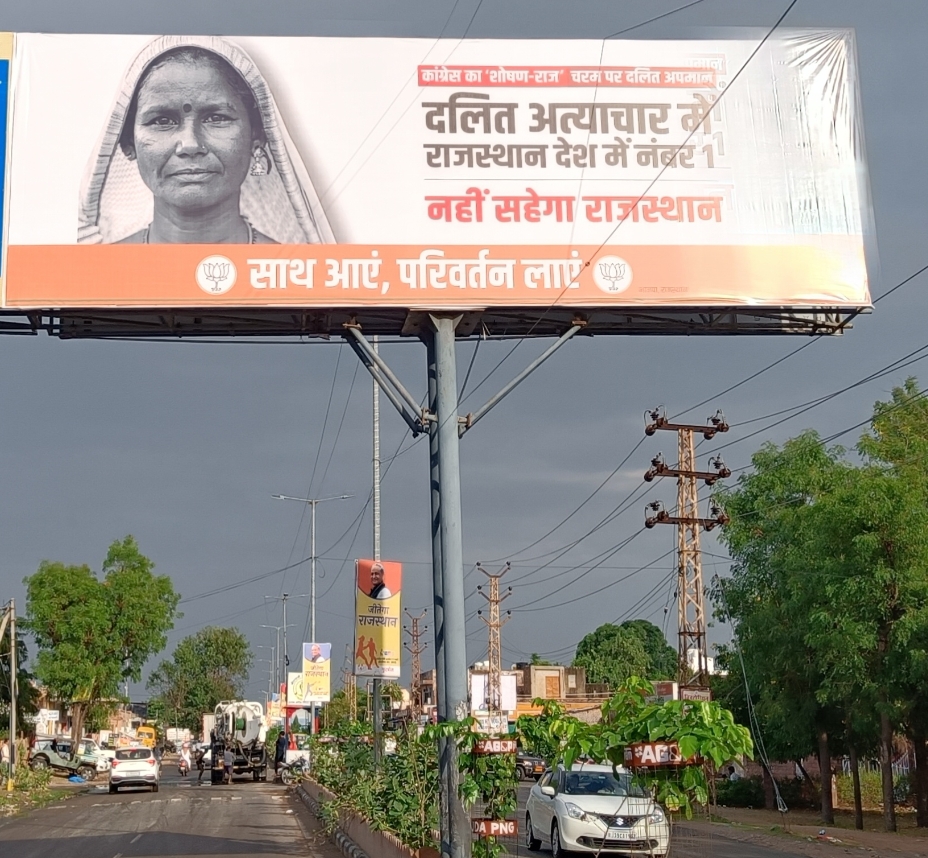Insights into the mind of a female solo traveller in India
Although solo traveling for females is gaining momentum in India, it remains a relatively new concept, often met with skepticism and questioning from others. The challenges faced by women traveling alone in India are numerous, ranging from safety concerns to societal norms. Despite these hurdles, there are brave and adventurous women who choose to embark on solo journeys across the country. The real curiosity lies in understanding what motivates them to take such bold steps when the comfort of home beckons.
As a fellow solo traveler, I found myself pondering these questions, eager to gain insights into the mindset of female solo travelers in India. Fortunately, I had the opportunity to meet Payal Agarwal, an intrepid solo traveler hailing from Kotha, Rajasthan, and currently residing in Raipur, Chhattisgarh. With her extensive experience hitchhiking across nearly half of India on a budget, Payal provided invaluable insights into the initiation, challenges, and motivations of female solo travelers.
Insights into the mind of a female solo traveller in India Read More »
